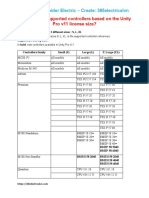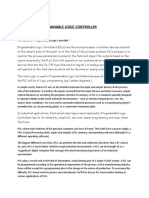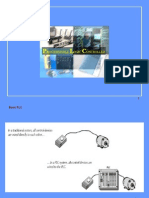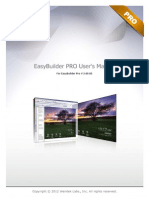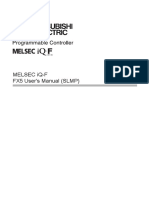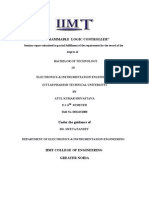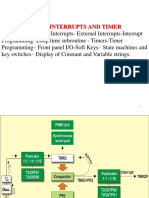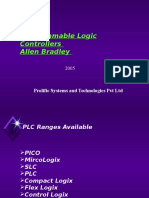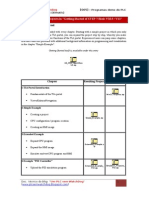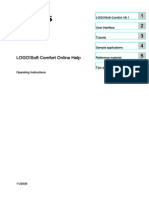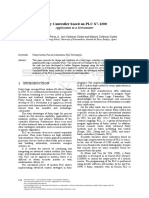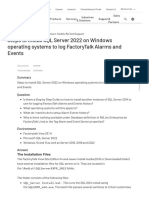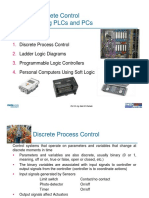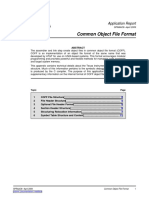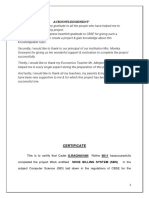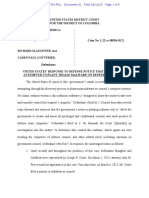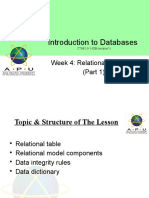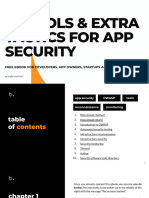100% found this document useful (1 vote)
379 views22 pagesIndustrial Engineering Training Courses
The document provides details of an industrial training curriculum for electrical, instrumentation, automation, utilities, and electro-mechanics engineering. It outlines 4 certificate courses each lasting 3 months on weekends and 2 months on weekdays. The courses cover topics such as PLC programming, instrumentation, process control, electrical systems, pneumatics, and more. It also describes beginner classes that introduce basic electrical concepts and PLC programming fundamentals. The document provides an in-depth course outline for PLC programming covering the programming languages LAD, FBD, and SCL for Siemens, Allen-Bradley, and Schneider Modicon PLCs.
Uploaded by
Nkwocha Emmanuel izuCopyright
© © All Rights Reserved
We take content rights seriously. If you suspect this is your content, claim it here.
Available Formats
Download as DOCX, PDF, TXT or read online on Scribd
100% found this document useful (1 vote)
379 views22 pagesIndustrial Engineering Training Courses
The document provides details of an industrial training curriculum for electrical, instrumentation, automation, utilities, and electro-mechanics engineering. It outlines 4 certificate courses each lasting 3 months on weekends and 2 months on weekdays. The courses cover topics such as PLC programming, instrumentation, process control, electrical systems, pneumatics, and more. It also describes beginner classes that introduce basic electrical concepts and PLC programming fundamentals. The document provides an in-depth course outline for PLC programming covering the programming languages LAD, FBD, and SCL for Siemens, Allen-Bradley, and Schneider Modicon PLCs.
Uploaded by
Nkwocha Emmanuel izuCopyright
© © All Rights Reserved
We take content rights seriously. If you suspect this is your content, claim it here.
Available Formats
Download as DOCX, PDF, TXT or read online on Scribd
/ 22






